-
 Bitcoin
Bitcoin $116700
0.24% -
 Ethereum
Ethereum $3973
4.34% -
 XRP
XRP $3.283
7.68% -
 Tether USDt
Tether USDt $1.000
0.01% -
 BNB
BNB $789.8
2.27% -
 Solana
Solana $176.2
3.31% -
 USDC
USDC $0.9999
0.00% -
 Dogecoin
Dogecoin $0.2238
5.14% -
 TRON
TRON $0.3389
-0.51% -
 Cardano
Cardano $0.7907
4.03% -
 Stellar
Stellar $0.4527
10.02% -
 Hyperliquid
Hyperliquid $41.07
4.27% -
 Sui
Sui $3.794
1.77% -
 Chainlink
Chainlink $19.49
10.40% -
 Bitcoin Cash
Bitcoin Cash $580.9
0.74% -
 Hedera
Hedera $0.2617
4.32% -
 Avalanche
Avalanche $23.41
3.67% -
 Ethena USDe
Ethena USDe $1.001
-0.03% -
 Litecoin
Litecoin $122.4
1.38% -
 Toncoin
Toncoin $3.364
1.49% -
 UNUS SED LEO
UNUS SED LEO $8.988
0.37% -
 Shiba Inu
Shiba Inu $0.00001295
2.82% -
 Uniswap
Uniswap $10.62
5.75% -
 Polkadot
Polkadot $3.922
4.46% -
 Dai
Dai $1.000
0.01% -
 Bitget Token
Bitget Token $4.494
2.15% -
 Monero
Monero $268.0
-1.30% -
 Cronos
Cronos $0.1523
3.68% -
 Pepe
Pepe $0.00001127
4.43% -
 Aave
Aave $285.4
4.85%
XRP: How about identity verification?
Identity verification for XRP is crucial for adhering to KYC and AML regulations, preventing illicit activities within the cryptocurrency's ecosystem.
Feb 07, 2025 at 01:54 pm

Key Points:
- Understanding the Necessity of Identity Verification for XRP
- KYC and AML Regulations for Cryptocurrency Exchanges
- Step-by-Step Guide to Identity Verification for XRP
- Alternative Methods for Verifying Identity for XRP
- Frequently Asked Questions (FAQs) about Identity Verification for XRP
Understanding the Necessity of Identity Verification for XRP
Identity verification plays a crucial role in combating money laundering, fraud, and other illicit activities within the XRP ecosystem. Cryptocurrencies, including XRP, are often used as a means of facilitating such activities due to their pseudonymous nature. By implementing identity verification measures, cryptocurrency exchanges can mitigate these risks and ensure compliance with regulatory requirements.
KYC and AML Regulations for Cryptocurrency Exchanges
Know Your Customer (KYC) and Anti-Money Laundering (AML) regulations mandate cryptocurrency exchanges to collect personal information from their users, including full name, address, government-issued identification, and proof of residence. These regulations aim to establish the identity of individuals and prevent the use of exchanges for illicit purposes.
Step-by-Step Guide to Identity Verification for XRP
Identity verification for XRP typically involves the following steps:
- Creating an Account: Sign up for an account on a reputable cryptocurrency exchange that supports XRP.
- Providing Personal Information: Enter your full name, address, date of birth, and other personal details requested by the exchange.
- Uploading Identity Documents: Scan or photograph your government-issued identification (e.g., passport, driver's license) and proof of residence (e.g., utility bill).
- Submitting for Review: Upload your documents and submit them for review.
- Verification Process: The exchange will review your documents to verify your identity. Approval usually takes several hours to a few days.
Alternative Methods for Verifying Identity for XRP
In addition to standard identity verification procedures, some exchanges offer alternative methods, such as:
- Video Verification: This involves a live video call with an exchange representative who verifies your identity in real-time.
- Third-Party Verification Services: Some exchanges partner with third-party identity verification services that utilize facial recognition software or other technologies to verify users.
FAQs about Identity Verification for XRP
- Why is identity verification required for XRP exchanges?
- Identity verification is implemented to comply with KYC and AML regulations and prevent the use of exchanges for illicit activities.
- What personal information is collected during identity verification?
- Full name, address, date of birth, government-issued identification, and proof of residence are typically required.
- How long does it take to complete identity verification?
- Approval usually takes several hours to a few days, depending on the exchange and the verification method used.
- Are there any alternative methods for verifying identity?
- Yes, some exchanges offer video verification and partnerships with third-party identity verification services.
- What happens if I fail identity verification?
- You may be denied access to the exchange or limited in your trading capabilities.
Disclaimer:info@kdj.com
The information provided is not trading advice. kdj.com does not assume any responsibility for any investments made based on the information provided in this article. Cryptocurrencies are highly volatile and it is highly recommended that you invest with caution after thorough research!
If you believe that the content used on this website infringes your copyright, please contact us immediately (info@kdj.com) and we will delete it promptly.
- Roman Storm, Funding Effort, and the Looming Defense Retrial: A New York Minute on the Tornado Cash Case
- 2025-08-09 02:50:14
- Crypto's Wild Ride: XRP, Dogecoin, and the Altcoin Surge You Can't Ignore
- 2025-08-09 02:50:14
- Elon Musk, Bitcoin, and the Enduring Power of Approval: A Crypto Love Story?
- 2025-08-09 03:50:15
- Ruvi AI: The Next Big Thing After Ripple on CoinMarketCap?
- 2025-08-09 03:50:15
- Floki Price Surges: Elliott Wave and Fibonacci Setups Point to Potential Gains!
- 2025-08-09 02:30:16
- Pepe Price, RTX (Remittix?) & the $10K ETH Dream: NYC Crypto Chatter
- 2025-08-09 02:30:16
Related knowledge
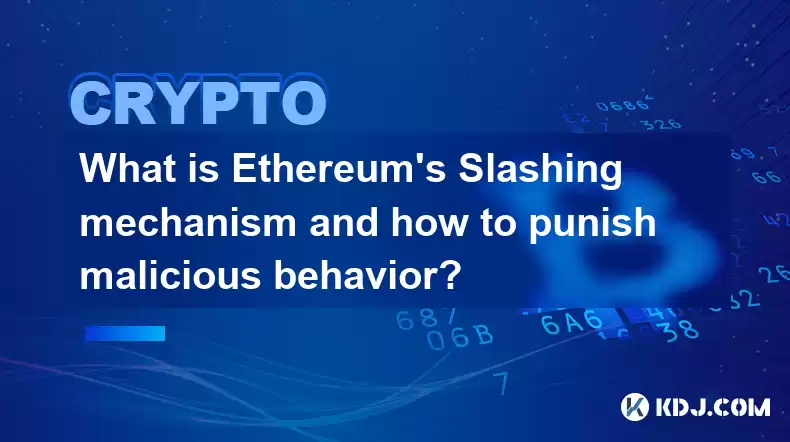
What is Ethereum’s Slashing mechanism and how to punish malicious behavior?
Feb 20,2025 at 03:08am
Key PointsOverview of slashingDifferent types of slashing in EthereumIncentives and consequences of slashingIdentifying and reporting slashed validato...
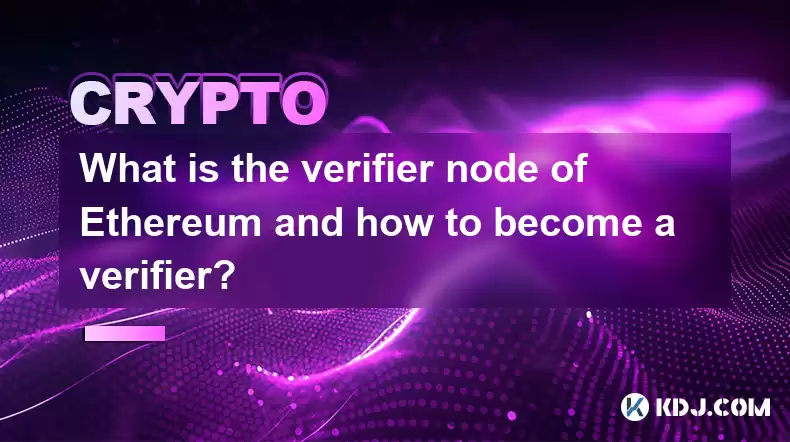
What is the verifier node of Ethereum and how to become a verifier?
Feb 19,2025 at 06:00pm
The Verifier Node of Ethereum: A Comprehensive GuideKey Points:What is a Verifier Node?How to Become a Verifier NodeResponsibilities and Rewards of a ...
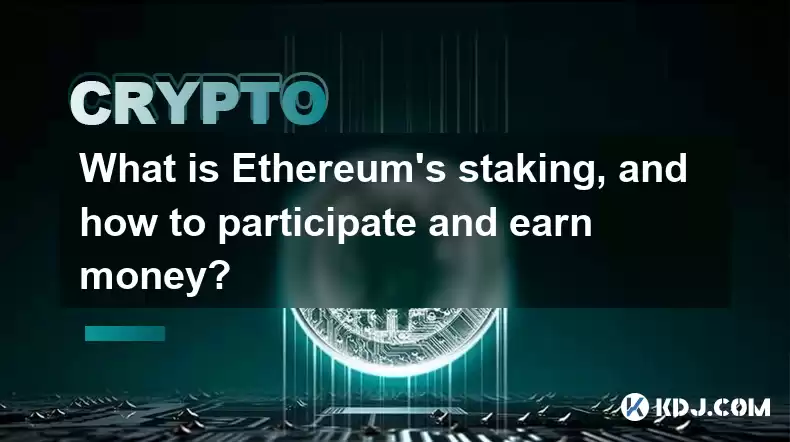
What is Ethereum’s staking, and how to participate and earn money?
Feb 19,2025 at 04:37pm
Key Points:Understanding Ethereum's Staking MechanismSteps to Participate in StakingBenefits and Rewards of StakingSecurity and Risk ConsiderationsTec...
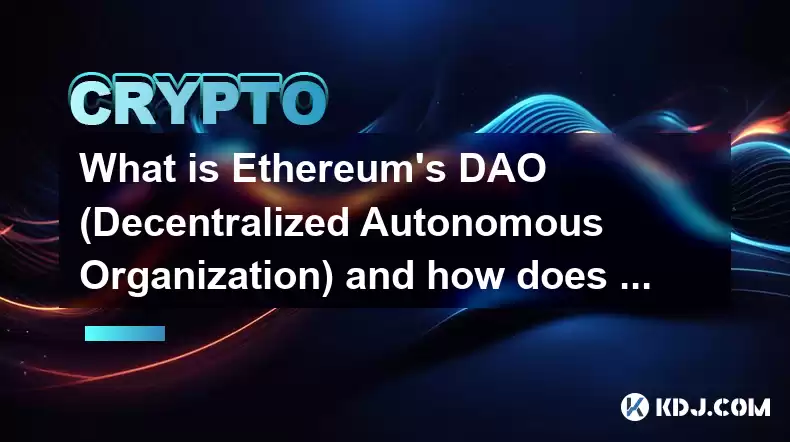
What is Ethereum’s DAO (Decentralized Autonomous Organization) and how does it work?
Feb 20,2025 at 03:12am
Key PointsDefinition and Structure of a DAOGovernance and Decision-Making in DAOsBenefits and Use Cases of DAOsChallenges and Limitations of DAOsWhat ...
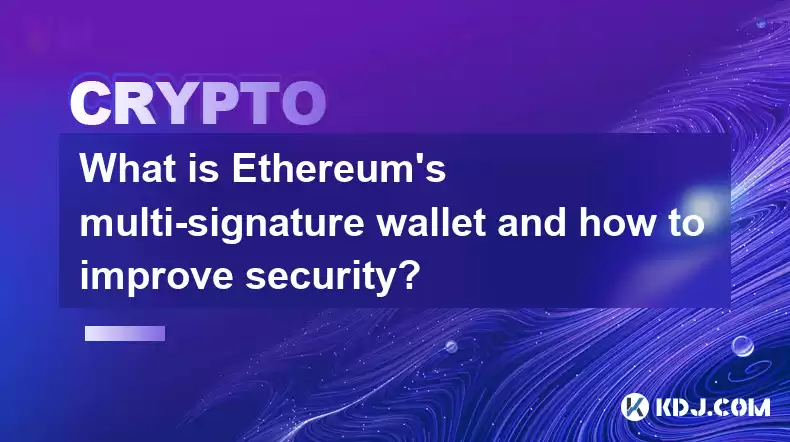
What is Ethereum's multi-signature wallet and how to improve security?
Feb 20,2025 at 02:18pm
Key Points:Understanding the Concept of a Multi-Signature WalletBenefits and Drawbacks of Multisig WalletsRequirements for Setting Up a Multisig Walle...
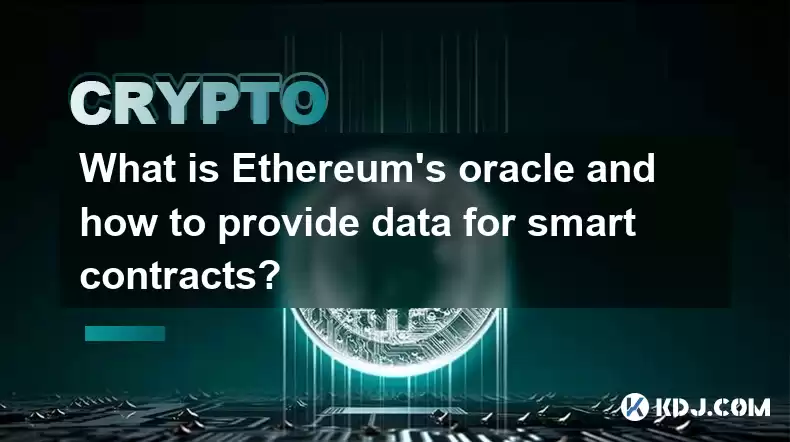
What is Ethereum's oracle and how to provide data for smart contracts?
Feb 21,2025 at 01:30am
Key Points:Understanding the concept of oracles in EthereumExploring different types of oraclesDetailed guide on how to provide data for smart contrac...

What is Ethereum’s Slashing mechanism and how to punish malicious behavior?
Feb 20,2025 at 03:08am
Key PointsOverview of slashingDifferent types of slashing in EthereumIncentives and consequences of slashingIdentifying and reporting slashed validato...

What is the verifier node of Ethereum and how to become a verifier?
Feb 19,2025 at 06:00pm
The Verifier Node of Ethereum: A Comprehensive GuideKey Points:What is a Verifier Node?How to Become a Verifier NodeResponsibilities and Rewards of a ...

What is Ethereum’s staking, and how to participate and earn money?
Feb 19,2025 at 04:37pm
Key Points:Understanding Ethereum's Staking MechanismSteps to Participate in StakingBenefits and Rewards of StakingSecurity and Risk ConsiderationsTec...

What is Ethereum’s DAO (Decentralized Autonomous Organization) and how does it work?
Feb 20,2025 at 03:12am
Key PointsDefinition and Structure of a DAOGovernance and Decision-Making in DAOsBenefits and Use Cases of DAOsChallenges and Limitations of DAOsWhat ...

What is Ethereum's multi-signature wallet and how to improve security?
Feb 20,2025 at 02:18pm
Key Points:Understanding the Concept of a Multi-Signature WalletBenefits and Drawbacks of Multisig WalletsRequirements for Setting Up a Multisig Walle...

What is Ethereum's oracle and how to provide data for smart contracts?
Feb 21,2025 at 01:30am
Key Points:Understanding the concept of oracles in EthereumExploring different types of oraclesDetailed guide on how to provide data for smart contrac...
See all articles

























































































